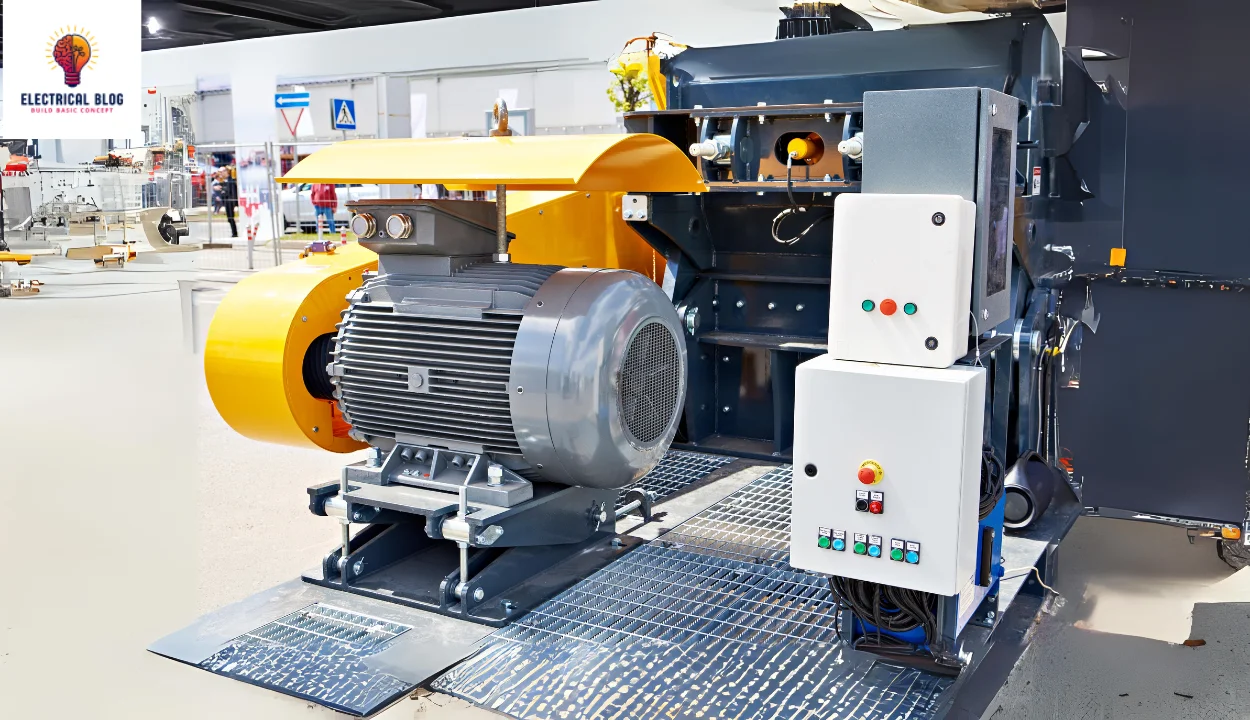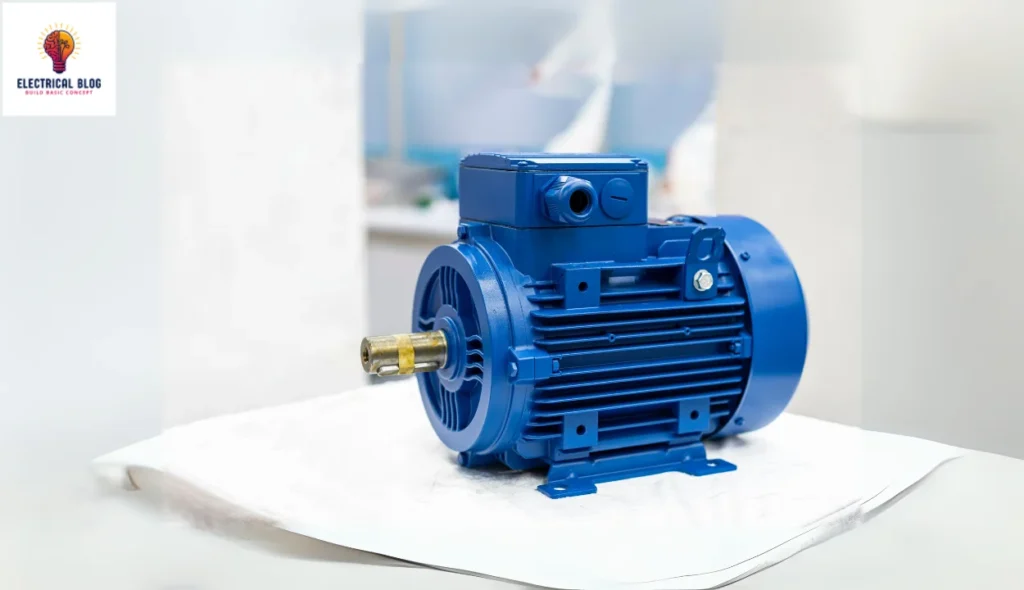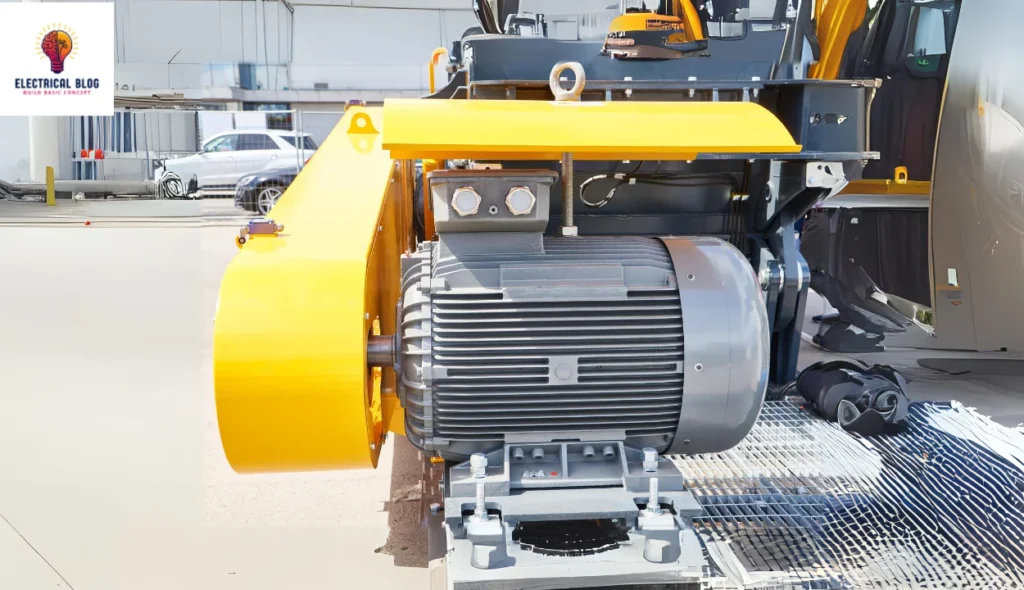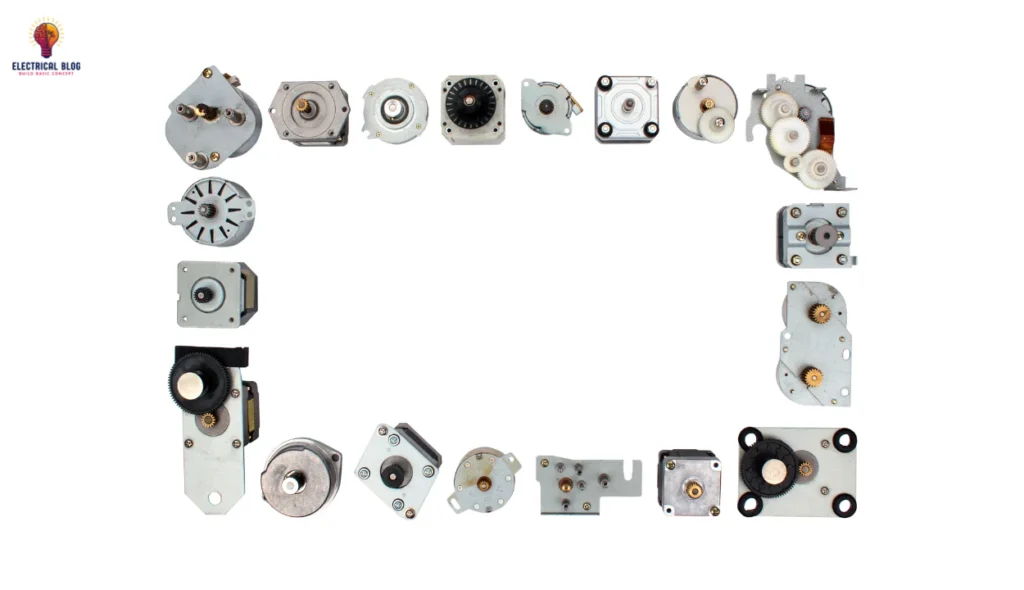Introduction
Three-phase motors or 3-phase motors are the backbone of mechanical systems and electromechanical systems in industries. These motors rely on electromagnetic induction, making them highly efficient and a trusted choice for industrial applications. Three-phase motors are more reliable and last longer than single-phase induction motors. Single-phase motors are common in homes, used in appliances like vacuum cleaners, refrigerator compressors, and air conditioners. They thrive in high-demand environments due to their simplicity and ability to handle power with a consistent frequency.
In the world of motors, three-phase motors stand out as a workhorse that powers various systems. Their operation is smooth, and their power source makes them the preferred choice for most industries. Induction motors (also called asynchronous motors) are widely used in these setups, as they provide more stability than other motor types. Three-phase motors are reliable and efficient. This leads to a longer service life. Because of these traits, they are essential in many settings, like factories and offices.
What is a Three-phase motor?
A 3-phase motor is a type of electric motor designed to work with a three-phase power supply. It uses alternating currents to create a rotating magnetic field, allowing smooth and efficient power delivery. Unlike single-phase motors, which are common in homes, these motors are widely used in industries. As an AC motor, it belongs to the polyphase motor category and comes in types like induction motors, asynchronous motors, and synchronous motors.
The stator is the stationary part of the motor and is made up of alloy steel laminations with wire wound into induction coils. When connected to an electrical power source, these stator coils get energized, producing a magnetic field. The rotor, consisting of metal bars and rotor coils, interacts with this field to generate mechanical energy output. This movement drives the motor shaft, creating rotational force.
The enclosure protects the internal motor components and includes bearings that reduce friction for smooth operation. A fan shaft holds a spinning fan, which draws ambient air into the motor for cooling. As the motor runs, coil resistance generates heat, which needs to dissipate effectively. The motor’s mechanical fins on the exterior help with heat conduction, ensuring proper temperature management.
To maintain motor efficiency, the electrical connections provide a stable three-phase power supply. The presence of raised fins and well-designed cooling systems further improves motor cooling. By ensuring proper energy conversion, this system enhances performance, making three-phase motors reliable and long-lasting across various applications.
Three-Phase Motor diagram

Working of a Three-Phase Motor
A 3-phase motor operates using alternating currents to create a rotating magnetic field. This field interacts with the rotor, which induces rotation, leading to better efficiency and performance. These motors are widely used in industrial applications due to their reliable operation and smooth power delivery.
The concept of electromagnetic induction was introduced by physicist Michael Faraday in 1830. He discovered that when a conductor, such as a coil or loop of wire, is placed in a changing magnetic field, it generates an electromotive force (EMF). This principle explains how current flowing through a wire creates a magnetic field that changes in magnitude and direction.
Faraday’s findings are expressed in mathematical form using the curl of the electric field and the rate of change of magnetic flux over time. These principles form the basis for understanding how a 3-phase motor works. The precise design ensures stability and efficiency, making it essential in various industries.
Principle of Electromagnetic Induction
Induction motors work by using a three-phase electrical energy source to generate a magnetic field in the stator. When AC current flows through the coils, it oscillates and completes a cycle, creating a phase-shifted effect of 120° between each phase. This shifting results in a rotating magnetic field (RMF) that keeps changing its polarity between north and south.
At the center of the motor, the rotor coils respond to the RMF of the stator, where the changing magnetic field induces an opposing current. This process generates a force that applies torque to the motor shaft, causing it to rotate. In a 3-phase induction motor, this movement happens without any direct electrical connection to the rotor, as only magnetic induction drives the rotation.
In asynchronous motors, the rotor speed always lags behind the synchronous speed (Ns) of the RMF, creating a phenomenon called slip. The rotor can never fully match the rate of rotation, which makes it “asynchronous.” However, in synchronous motors, the rotor coils remain locked with the RMF, ensuring an exact match in speed, meaning the slip is equal to 0.
Unlike induction motors, synchronous motors do not always require AC power to function. They can be powered by other sources, depending on the application. Both motor types are essential in various industries, providing stable and efficient operation for different mechanical systems.

Motor Controllers for Three-Phase Motors
The speed of a three-phase AC motor depends on the AC supply frequency, which acts as the source for the RMF in the stator coils. AC motor controllers manage this by adjusting the AC current input to produce a modulated or controlled frequency, allowing smooth motor speed regulation. This method ensures precise control of operations in industrial systems.
Another way to manage motor speed is by altering the slip, which affects the rotor movement. If the slip increases, the motor speed decreases, slowing down the system’s performance. These techniques help optimize energy use and improve motor efficiency in different applications.
Types of Three-Phase Motors
Induction motors, also called asynchronous motors, are popular for their simplicity and reliability in general-purpose applications. The two main types are squirrel cage and wound rotor, each designed for different operational needs. These motors are widely used because they require minimal maintenance and provide stable performance.
Synchronous motors operate at a constant speed, maintaining synchronicity with the supply frequency. They are ideal for precision applications where timing is crucial, such as in clock motors. Unlike induction motors, these do not experience slip, ensuring a consistent rotational speed.
Brushless DC motors rely on electronic commutation instead of an AC supply, enhancing efficiency and longevity. These motors are commonly found in robotics and electric vehicles, where smooth and precise control is necessary. Their design eliminates brushes, reducing wear and increasing durability.
Application of Three-Phase Motors
Three-phase motors are essential in industrial machinery, where they power conveyor belts, assembly lines, and automated systems.
Manufacturing equipment relies on these motors for consistent performance in heavy-duty operations, such as metal cutting and molding.
HVAC systems in commercial buildings use them to control air circulation, cooling, and heating efficiently.
Water pumping stations and wastewater treatment plants depend on them for high-capacity water movement and purification processes.
Oil and gas processing facilities use them to operate drilling equipment, compressors, and refining machinery.
Electric vehicles and transportation systems benefit from their reliability, powering motors in trains, buses, and large-scale operations.
Conclusion
Three-phase motors are widely used due to their efficiency, reliability, and versatility across various industries. They operate using electromagnetic induction, creating a rotating magnetic field that drives the rotor and ensures smooth power delivery. Their speed can be controlled through AC motor controllers, adjusting the AC supply frequency or altering slip.
Induction motors, synchronous motors, and brushless DC motors each have specific uses. They range from general applications to precise tasks. These motors are essential in industrial machinery, HVAC systems, water pumping stations, oil and gas processing, and electric vehicles. Their long lifespan, minimal maintenance, and energy efficiency make them the backbone of modern engineering and automation.



